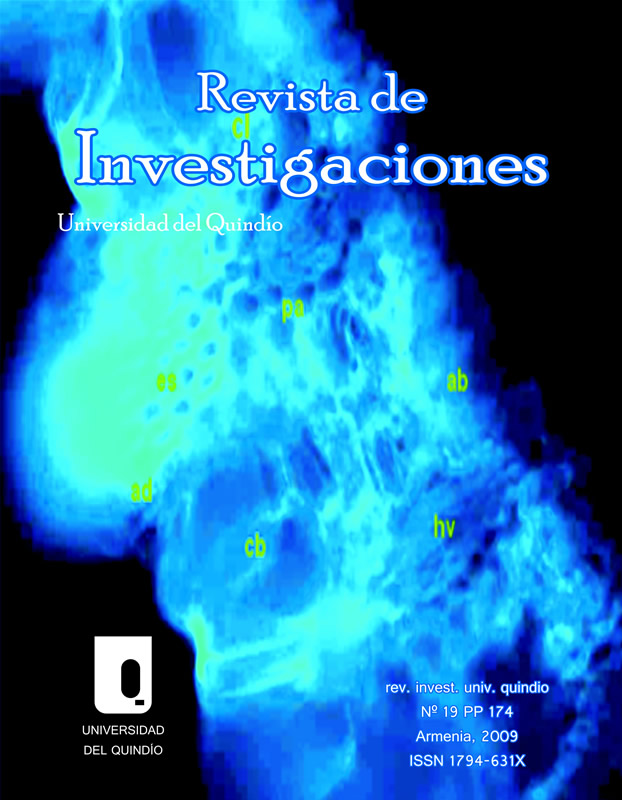Identificación de Bacterias que afectan el establecimiento in vitro de segmentos nodales de Guadua angustifolia Kunth
DOI:
https://doi.org/10.33975/riuq.vol19n1.783Palabras clave:
in vitro, segmentos nodales, Guadua angustifolia, fitopatógenos, antibióticosResumen
El cultivo in vitro de segmentos nodales (medio y basal), de ramas de chusquines de Guadua angustifolia Kunth., presenta un alto grado de contaminación por bacterias afectando su micropropagación, en la fase de establecimiento. Para la identificación de las bacterias contaminantes, se seleccionaron siete grupos con características de aspecto y color, a las que se les aplicaron medios de cultivo diferenciales, como los utilizados para géneros bacterianos fitopatógenos, como: YDC; B de King; D1; y D5; además, se efectuaron pruebas bioquímicas para confirmar la identificación, como: tinción de Gram; prueba de Hugh y Leifson; Indol; y motilidad. Mediante la presente investigación, se llegó a la identificación de los géneros: Xanthomonas, Pseudomonas, Agrobacterium, y una asociación entre Erwinia-Pseudomonas. El género Pseudomonas fue el principal agente contaminante para los segmentos nodales basales (26.8%) y la asociación Erwinia-Pseudomonas para segmentos nodales medios (26.6%). La sensibilidad a los antibióticos por parte de las bacterias, se determinó a través del antibiograma, donde los géneros encontrados presentaron sensibilidad a Amikacina, Gentamicina y Vancomicina.


